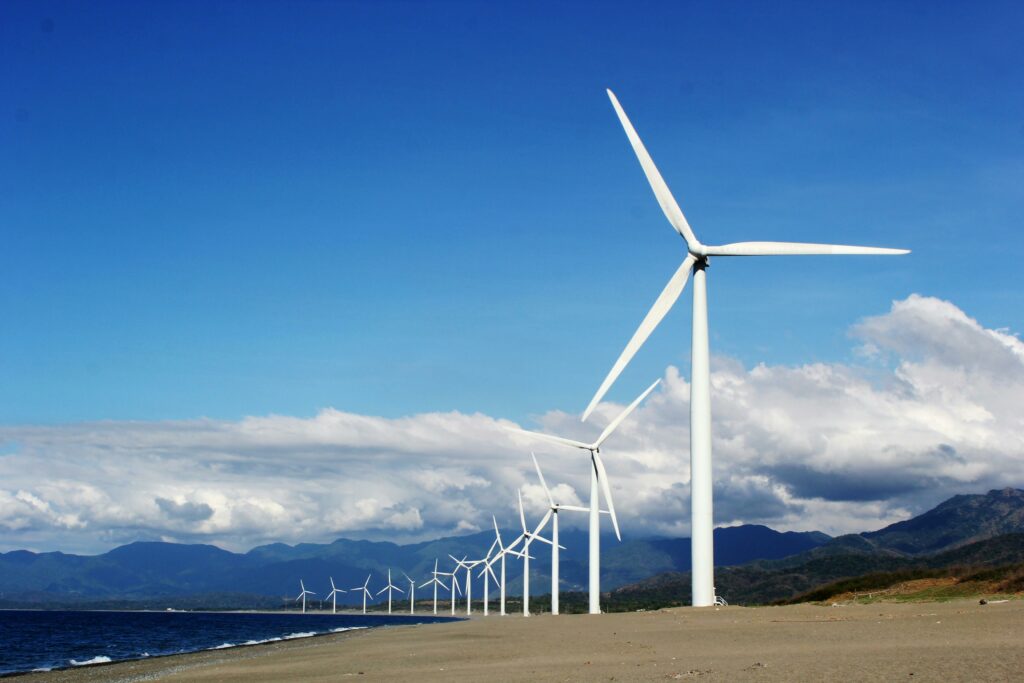
In the past 12 years, Japan’s renewable energy sector has grown rapidly, driven by policy changes after the Fukushima incident and strong incentives. Renewables now account for about 25% of Japan’s energy mix, with over 75 GW of installed capacity.
December saw the outline for the 7th Strategic Energy Plan, which outlines an increase in renewable capacity to 40-50% of the energy mix by 2040. Nuclear power is also slated to increase, certainly through reactor restarts, though also encouraging replacement reactors on existing sites and potential new buildout.
As opposed to the previous plan released in 2021, which was prior to key global events such as Russia’s invasion of Ukraine and the Israel-Hamas conflicts, as well as the rapid rise of energy hungry AI and data centers, the current plan predicts an increase in overall energy consumption. This has led to a sudden embrace of nuclear power.
Last October, Shigeru Ishiba became Japan’s new Prime Minister. A longtime advocate for renewable energy and decarbonization, in his first speech he mentioned that energy demand will rise due to AI and digitalization, even before the new Strategic Energy Plan is released.
Despite Donald Trump’s re-election to office in the U.S., and close U.S.-Japan ties, the key factors of increasing energy demand and importance on energy security for Japan point in the direction of a growing, further diversified and distributed energy market for Japan. Let’s look at our outlook for the job market in key sectors for 2025.
PPA demand Increase
Corporate Power Purchase Agreements (CPPAs) are growing in Japan, driven by strong private sector demand for green energy. Last year, Shizen Energy signed CPPAs with Microsoft and Google for 30 MW each, while Invenergy secured a 60 MW virtual PPA with Honda for its Hokkaido wind farm. Eku Energy and Tokyo Gas also set up the first tolling agreement for a 30 MW BESS project in Kyushu. PPA deal sizes are increasing, with Vena Energy signing a 72 MW PPA with Yahoo/LINE for a single project.
This surge in demand is creating more job opportunities in the energy market, with developers, offtakers, market advisors, lenders and brokerage firms all clamoring for talent who can originate, negotiate, structure and price CPPA agreements.
Japan’s power markets is the place to be
Japan, the third-largest national energy market globally, is seeing significant growth in power market trading, driven by increased volumes on the European Energy Exchange (EEX), which saw almost a fourfold rise last year. Global players like InCommodities, BP, Citadel, Engie, and Japanese megabank MUFG have entered the market, alongside a rise in physical power trading on JEPX, spot trading, and algorithmic trading.
This surge in activity is creating more opportunities for traders, analysts, and risk professionals, as demand for expertise in managing market volatility, trading strategies, and risk management grows. While Japan’s market isn’t as volatile as Australia’s, the larger capacity and attractive growth potential make it a key focus for global players.

Slow and steady despite headwinds, offshore wind
Despite challenges in the global offshore wind sector, including auction delays and high-profile market exits, the number of projects set for construction by 2030 is steadily increasing, creating significant job opportunities.
Following a delay over Round 1’s uproar over accusations of unfair practices, the Round 2 auction had four projects totaling 1.8 GW, with a diverse range of winners, including major trading houses, EPCOs, and foreign firms like RWE and Iberdrola. Round 3 results are now out, with the new combo of JERA+BP involved in both Akita and Yamagata projects.
Additionally, new promotion zones in Akita, Hokkaido, and Wakayama are advancing, with Wakayama’s floating offshore wind zone marking a key development. Floating wind is seen as crucial to unlocking Japan’s vast offshore wind potential, possibly able to generate hundreds of GW of power from the country’s Exclusive Economic Zone (EEZ).
While rising raw material and supply chain costs continue to present challenges, the long-term outlook remains positive, with increasing projects expected to drive job growth across construction, manufacturing, and project management roles in the offshore wind industry.
Solar, smaller and more distributed with local growth expected
During the FiT boom of the mid-2010s, generous subsidies led to questionable large-scale solar projects, often built on mountainsides, displacing thousands of trees and habitats, while incurring high civil engineering costs. With FiT prices for solar now below ¥8/ kWh, and CPPA prices driven by market forces, such projects are no longer economically viable or considered environmentally acceptable. Though large scale projects are still under development, they’re increasingly scarce and competed over, which relates to a plateau in the number of career opportunities in mega-solar.
Meanwhile, distributed solar is gaining momentum. The trend of aggregating numerous small-scale (<2MW) plants and installing on-site solar for commercial and industrial customers is growing rapidly. Carports, rooftops, small onsite installations as well as agri-solar plants for crops that need higher shade, such as matcha tea, are increasing. This is more of a market for domestic players rather than large multinational developers, hence we see the solar increase becoming more distributed over the country and less internationalized than over the past decade.

Big battery boom comes to Japan
Last summer, renewable generators, particularly in Kyushu and Chugoku faced frustration, with curtailment rates reaching up to 50% in some areas. This has spurred the development of BESS assets to absorb excess power, which has attracted a number of new market players.
While financing pure merchant BESS projects remains challenging, and tolling agreements are still emerging, the LTDA is driving short-term growth, with 30 projects receiving subsidies in 2024, split between Japanese and foreign developers, and a planned doubling of BESS allocations in 2025. More recently, 27 projects received subsidies through the Sustainable Open Innovation Initiative that will continue to add more flexible capacity in the coming years.
As many BESS players are active in PV solar and other power generation projects, the demand for talent in land acquisition, project development, and project management is growing but not at the rate of a market built from scratch. Rather, specific demand in electrical engineering, energy procurement and market expertise creates more opportunities for experienced professionals.
What about things that burn?
Last year, the Japanese government announced a ¥3 trillion fund to develop the hydrogen supply chain, including a cost-for-difference (CfD) mechanism to subsidize the gap between production and market prices, similar to the UK’s model for scaling costly new technologies. In Japan, low-carbon hydrogen includes both green and blue hydrogen.
LNG is clearly going to be a major part of Japan’s energy mix for the foreseeable future due to increasing demand, and a long ramp of renewables, nuclear restarts and hydrogen/ammonia technologies reaching levels suitable for commercial scale deployment.
This is an area where we see demand for talent plateauing, as LNG or other hydrocarbon skilled professionals will have the opportunity to transfer to H2/ NH3 related jobs within the large Japanese trading and engineering firms that operate across both fossil and clean-burning fuels.
Andrew Statter is a Partner at Titan GreenTech, an executive recruitment agency focused on the clean energy space.
